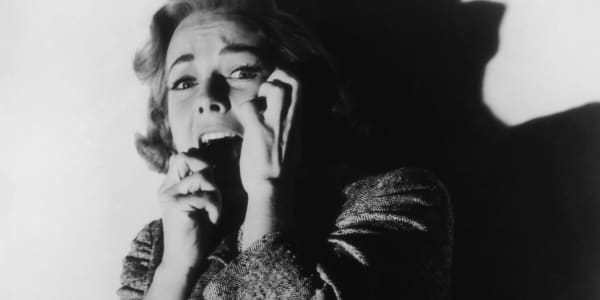
U.S. stocks are on pace to close a volatile January in the red, after posting the best yearly gain in 16 years.
With less than two hours until the end of trading Friday, the was trading around 1790, down just over 3 percent for the month. It is on track for its first January loss since 2009, and the largest monthly decrease in eight months.
Similarly, the Dow is off by almost 5 percent this year, while the Nasdaq has fallen 1.5 percent.
As January goes, so goes the year?
The January barometer has been right in 62 of the last 85 years, or 73 percent of the time. Since 1929, the index followed January's direction 80 percent of the time when it finished positive, and 60 percent of the time, when it finished negative.
More recently, in the past 35 years, the S&P 500 followed January's direction 25 times, or 71 percent of the time (83 percent of the time for the Dow, and 74 percent of the time for the Nasdaq).
This time, however, some investors appear to be nervous about where the market might be headed.
Volatility as measured by the VIX, is up 26 percent this month. Since the VIX was launched in 1986, there have been only three previous instances when the so called fear gauge gained over 15 percent in January.
In two of those times, the S&P ended the year down more than 5 percent. The other year, 1987, the market crashed in October, but managed to close positive.
While January is only one of 12 months of the year, history shows that it tended to predict the year's direction quite accurately.
—By CNBC's Giovanny Moreano and Pradip Sigdyal. Follow Giovanny on Twitter @giovannymoreano






